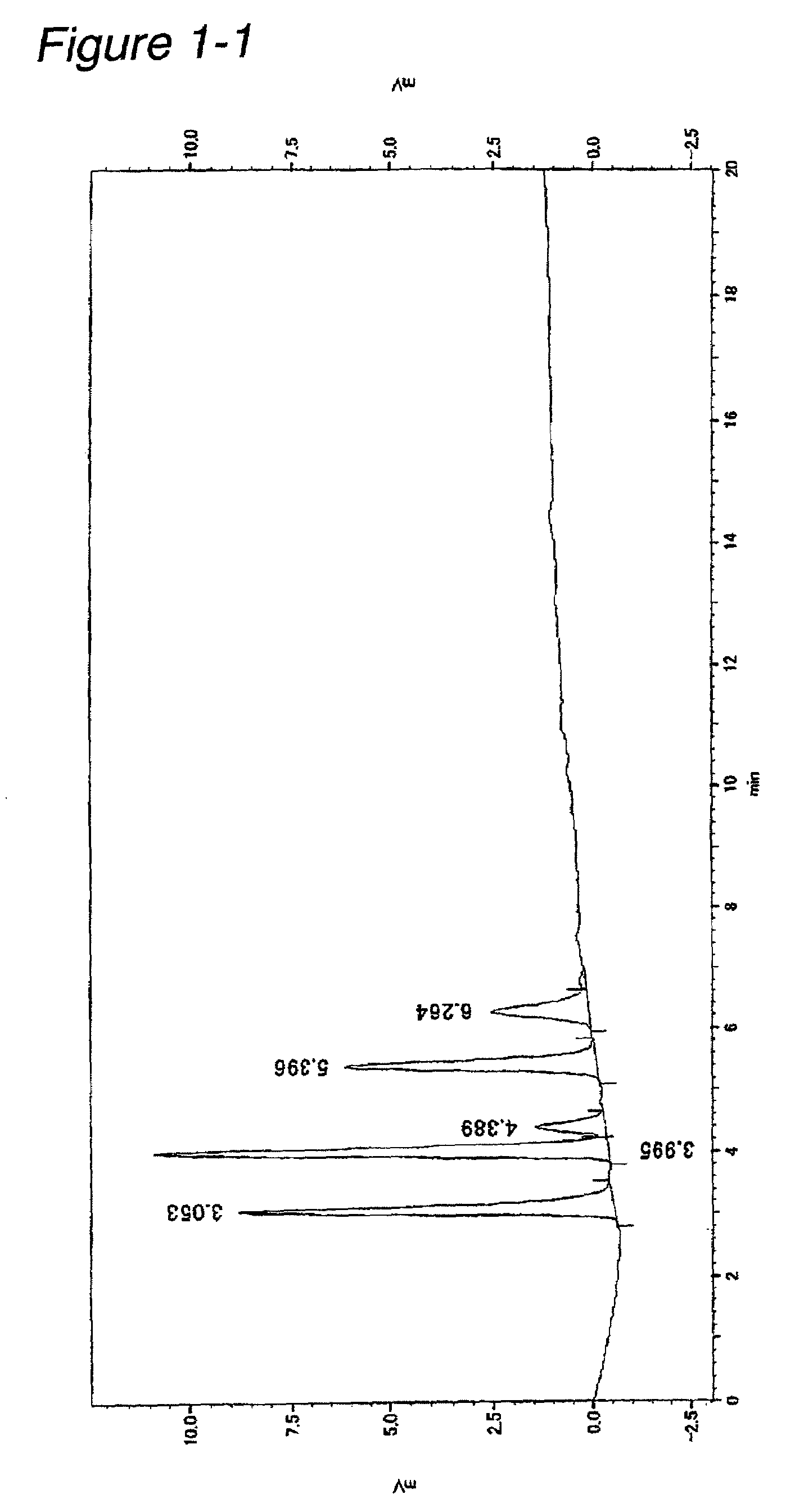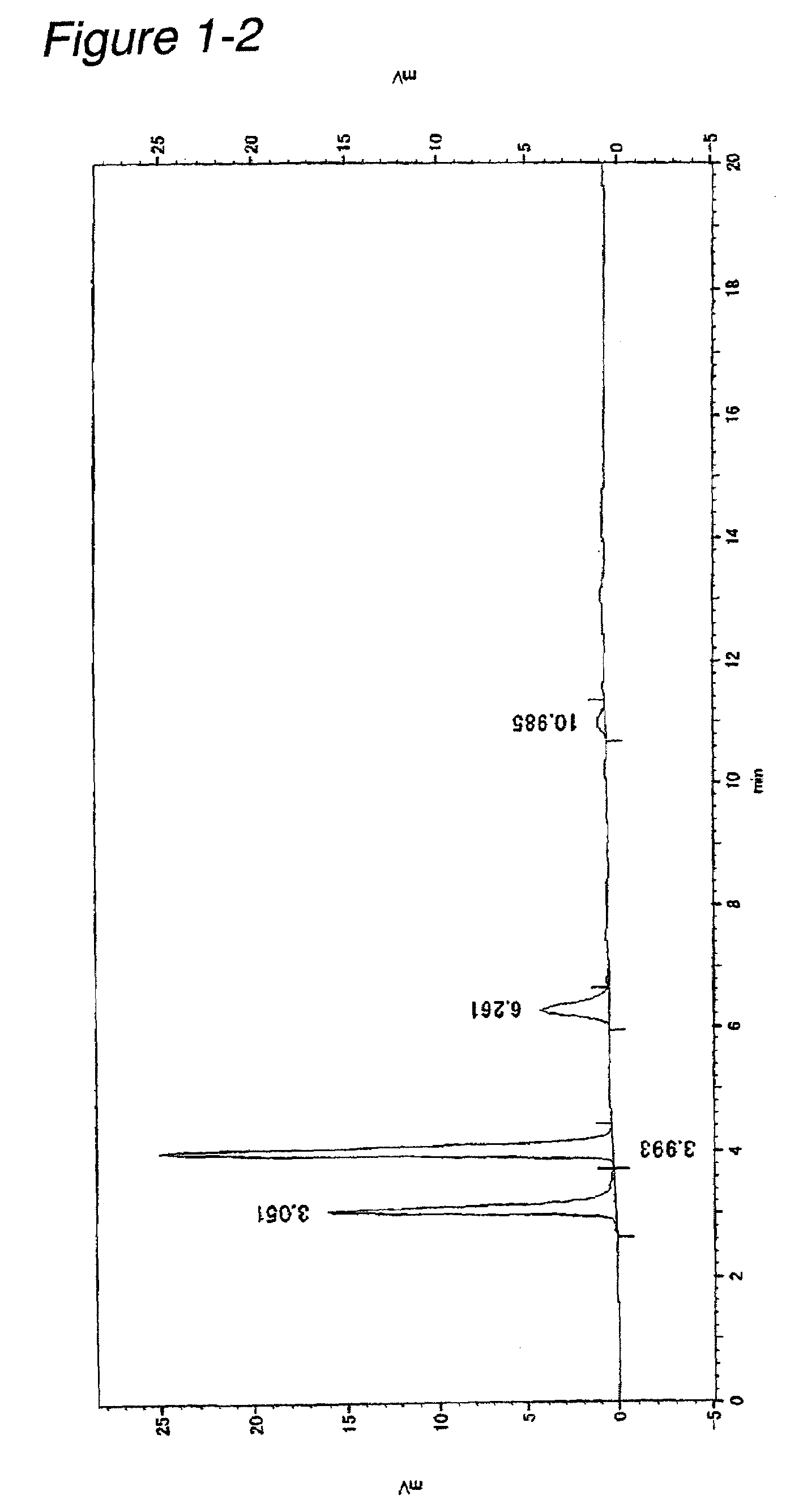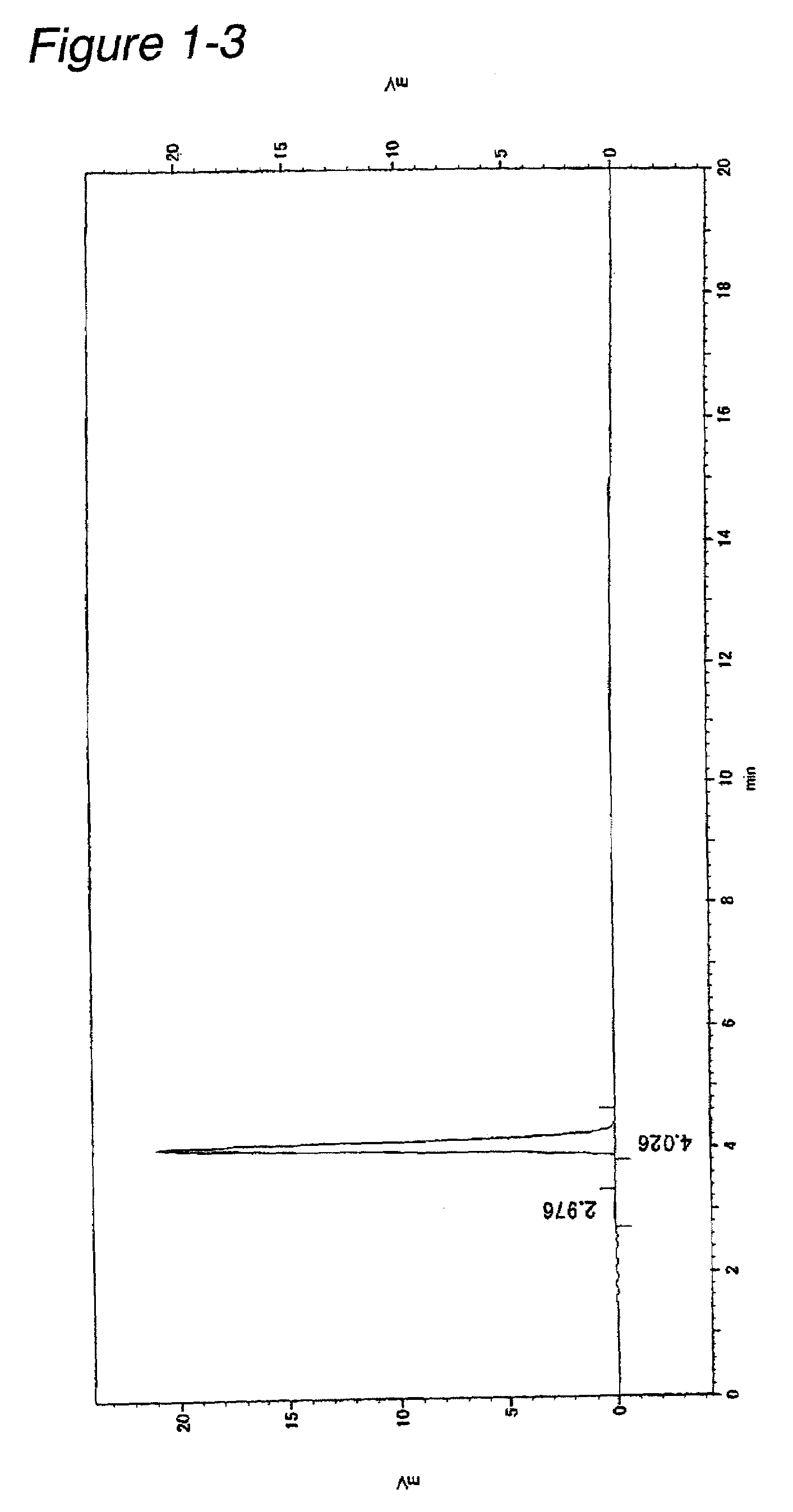Novel Beta-Galactoside Alpha 2,6-Sialyltransferase, Gene Coding For The Transferase And Process For Producing The Same
a technology of galactoside and enzyme, which is applied in the field of new beta-galactoside alpha 2,6-sialyltransferase, can solve the problems of short-lasting effect, poor stability of enzymes, and high cost of animal-derived enzymes, and achieves a wider range of acceptor substrate specificity, high specific activity, and high production efficiency.
- Summary
- Abstract
- Description
- Claims
- Application Information
AI Technical Summary
Benefits of technology
Problems solved by technology
Method used
Image
Examples
example 1
Screening and Strain Identification of Microorganisms Producing β-Galactoside-α2,6-Sialyltransferase
[0098]Sea water, sea sand, sea mud or a marine product was used as an inoculum. This inoculum was applied onto agar plates containing marine broth agar 2216 medium (Becton Dickinson) to obtain microorganisms growing at 15° C., 25° C. or 30° C. After the resulting microorganisms were pure-cultured in a routine manner, each microorganism was cultured using a liquid medium composed of marine broth 2216 medium (Becton Dickinson). After the microorganisms were fully grown, the cells were collected from each culture solution by centrifugation. To the collected cells, 20 mM cacodylate buffer (pH 6.0) containing 0.2% Triton X-100 (Kanto Kagaku, Japan) was added, and the cells were suspended therein. This cell suspension was ultrasonicated under ice cooling to homogenize the cells. This cell homogenate was used as a crude enzyme solution and measured for its sialyltransferase activity, thus ob...
example 2
Cloning and Nucleotide Sequencing of β-Galactoside-α2,6-Sialyltransferase Gene from Strain JT-ISH-224, and E. coli Expression of the Gene
(1) Confirmation of the Presence of β-Galactoside-α2,6-Sialyltransferase Gene Homologue in Strain JT-ISH-224
[0139]To determine whether there was a homologue of the β-galactoside-α2,6-sialyltransferase gene derived from Photobacterium damselae strain JT0160, genomic Southern hybridization was performed on the strain JT-ISH-224 that was found to have β-galactoside-α2,6-sialyltransferase activity in Example 1. From a cell pellet of the strain JT-ISH-224 (about 0.5 g), genomic DNA (about 100 μl) was prepared using a Qiagen Genomic-tip 100 / G (Qiagen) in accordance with the instructions attached to the kit. The genomic DNA (several micrograms) from the strain JT-ISH-224 was then digested with a restriction enzyme EcoRI or HindIII and fractionated by 0.7% agarose gel electrophoresis, followed by alkaline blotting with 0.4 M NaOH to transfer the gel onto a...
example 3
Productivity of Recombinant β-Galactoside-α2,6-Sialyltransferase Derived from JT-ISH-224 Comparison between ISH224-N0C0 and ISH224-N1C0 Clones
[0159]A time-dependent induction experiment of protein expression was performed on the ISH224-N0C0 and ISH224-N1C0 clones obtained in Example 2. A single colony of E. coli TB1 having the expression vector pTrc99A carrying each clone was inoculated into LB medium (6 ml) containing an antibiotic, ampicillin (final concentration 100 μg / mL), and pre-cultured at 30° C. for about 8 hours. This pre-cultured solution was inoculated into LB medium (300 ml) containing and antibiotic, ampicillin (final concentration 100 μg / mL) and cultured with shaking at 30° C. When OD600 reached around 0.5, IPTG (isopropyl-β-D(−)-thiogalactopyranoside, Wako Pure Chemical Industries, Ltd., Japan) was added at a final concentration of 1 mM, followed by culturing with shaking at 30° C. At 4, 6, 22 and 28 hours after culturing, the cells in each culture solution were colle...
PUM
| Property | Measurement | Unit |
|---|---|---|
| pH | aaaaa | aaaaa |
| temperature | aaaaa | aaaaa |
| pH | aaaaa | aaaaa |
Abstract
Description
Claims
Application Information
 Login to View More
Login to View More - R&D
- Intellectual Property
- Life Sciences
- Materials
- Tech Scout
- Unparalleled Data Quality
- Higher Quality Content
- 60% Fewer Hallucinations
Browse by: Latest US Patents, China's latest patents, Technical Efficacy Thesaurus, Application Domain, Technology Topic, Popular Technical Reports.
© 2025 PatSnap. All rights reserved.Legal|Privacy policy|Modern Slavery Act Transparency Statement|Sitemap|About US| Contact US: help@patsnap.com



